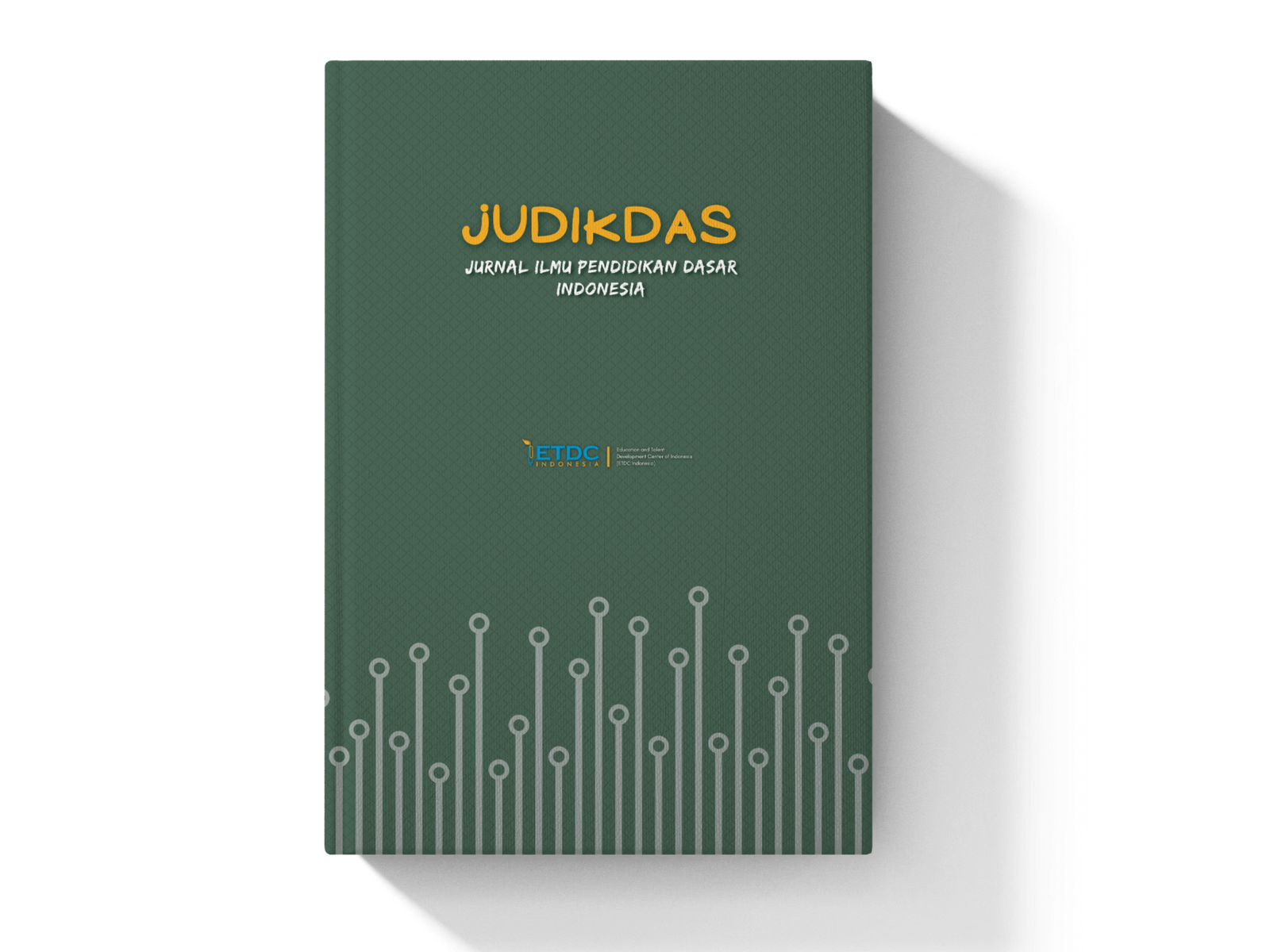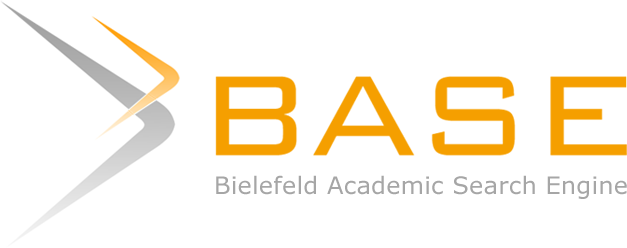Character Education Through Sisingaan Arts
DOI:
https://doi.org/10.51574/judikdas.v2i1.826Keywords:
Character education, Sisingaan Arts, ArtsAbstract
Character education is an effort that can be made consciously to shape abilities and personality in realizing virtuous behavior, attitudes, thoughts in carrying out social life. In this era of globalization, the character that appears in students is influenced by globalization itself. In the context of character education, Sisingan art can be used as a means of character education for students. Sisin art is an art originating from Subang Regency. The aim of this research is to find out character education through Sisingaan art in Subang. This study uses a qualitative descriptive method, data obtained from literature review or literature review. Character cultivation can be done in the local content of Sisingaan art. The Sisingaan Arts Local Content Curriculum introduces students to more familiarity with the natural, cultural and social environment. There are several values that can be developed, namely hard work, cooperation, togetherness, unity, creativity, harmony, harmony, and so on.
References
Bidaya, Z., & Dari, S. M. (2020). Revolusi Mental Melalui Penguatan Pendidikan Karakter untuk Siswa Berkebutuhan Khusus di Kota Mataram. CIVICUS: Pendidikan-Penelitian-Pengabdian Pendidikan Pancasila dan Kewarganegaraan, 8(2), 51-60.
Findia, A. S., & Arumsari, A. (2019). Pemanfaatan Limbah Konfeksi Di Soreang Dengan Inspirasi Kesenian Sisingaan. eProceedings of Art & Design, 6(2).
Habsy, B. A. (2017). Seni Memehami Penelitian Kuliatatif Dalam Bimbingan Dan Konseling : Studi Literatur. JURKAM: Jurnal Konseling Andi Matappa, 1(2), 90. https://doi.org/10.31100/jurkam.v1i2.56
Hikmat, M., Wahyudin, A., Hidayat, A. A., Sarbini, A., Budiana, M., & Kurnia, S. S. (2019). Aktualisasi kearifan lokal dalam digitalisasi penyiaran Indonesia.
Kevin Ryan. 1999. “Inhibition of Gene Expression in Human Cells Through Small MoleculeRNA Interactions”. Proceedings of the National Academy of Sciences, USA, 1999, 96, 23, 12997-13002.
Rachmawaty, E. I. (2013). Nilai Estetika Dalam Sisingaan Di Kabupaten Subang. Patanjala : Jurnal Penelitian Sejarah Dan Budaya, 5(3), 489. https://doi.org/10.30959/patanjala.v5i3.114
Ramdani, E. (2018). Model pembelajaran kontekstual berbasis kearifan lokal sebagai penguatan pendidikan karakter. JUPIIS: Jurnal Pendidikan Ilmu-Ilmu Sosial, 10(1), 1-10.
Soleha, F. (2021). Pembelajaran Tari Sisingaan: Pendidikan Berbasis Komunitas Di Kabupaten Subang. Jurnal Pendidikan Tari, 2(1), 90-102.
Downloads
Published
How to Cite
Issue
Section
License
By submitting an article manuscript, the author agrees to all policies set forth by the journal and publisher.
The author declares that:
- They have been authorized by their co-authors to enter into this agreement.
- The work described has not been officially published before, except in the form of an abstract or as part of a lecture, review, thesis, or preprint journal.
- The work is not currently under consideration for publication elsewhere.
- Its publication has been approved by all authors and by the responsible authorities—either implicitly or explicitly—of the institution where the work was conducted.
- They have obtained the right to reproduce any material that has been published or copyrighted elsewhere.
- They agree to the following license and copyright agreement.
License and Copyright Agreement
Authors publishing in Jurnal Ilmu Pendidikan Dasar Indonesia agree to the following terms:
- Authors retain copyright and grant the journal the right of first publication with the work simultaneously licensed under a Creative Commons Attribution-ShareAlike (CC BY-SA 4.0) License, which allows others to share the work with acknowledgment of the authorship and initial publication in this journal.
- Authors may enter into additional non-exclusive contractual agreements for the distribution of the journal's published version of the work (e.g., posting it to an institutional repository or publishing it in a book), with acknowledgment of its initial publication in this journal.
- Authors are permitted and encouraged to post their work online (e.g., in institutional repositories or on their websites) before and during the submission process, as this can lead to productive exchanges, as well as earlier and increased citation of the published work.



1.png)
3.png)




